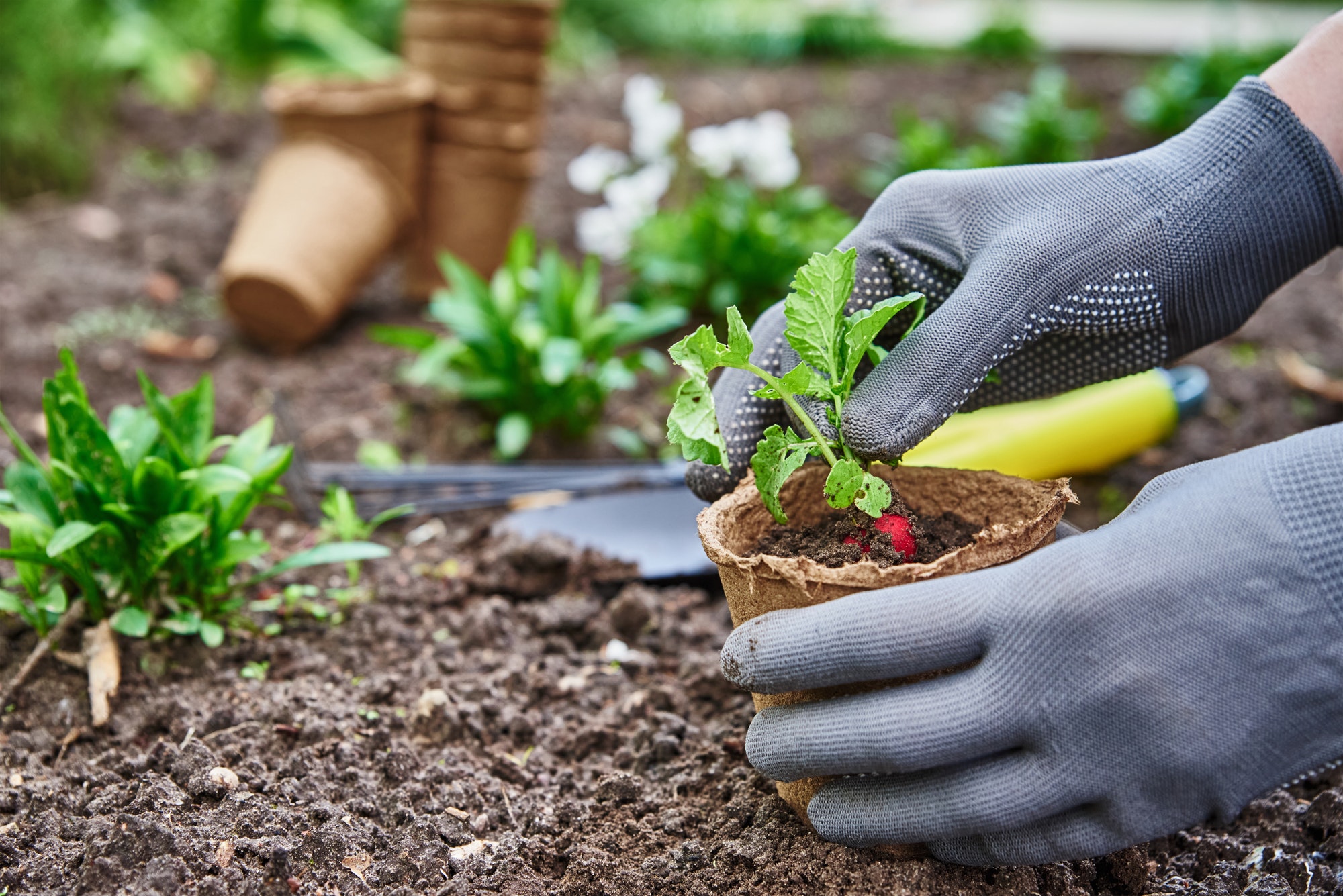The climate of your area affects what kind of Garden plants will thrive best. A plant’s hardiness zone is determined by its typical average winter temperature and life cycle. Hardy plants can withstand freezing temperatures. In contrast, tender plants cannot tolerate freezing temperatures and are considered annuals in the northern hemisphere. The U.S. Department of Agriculture has a Plant Hardiness Zone Map that breaks the country up into 13 zones. The average winter temperature increases 10 degrees Fahrenheit with each successive zone, so knowing your zone will help you choose the proper plants.
Decide which type of plant will require the least maintenance. Annuals are the easiest to maintain, as they only need to be planted once in the spring and need minimal care once established. Perennials do not need to be replanted each year, but they may need to be divided or prepared for winter. If you’re planting trees or shrubs, consider how much time you’d like to invest in the garden. Many trees and shrubs don’t require much maintenance once they are established, and can be planted all at once in the spring. Some will require periodic pruning, especially fruit trees.
If you’re planting perennials, think about growing some herbs and flowers that attract pollinators. Try lavender, which is edible and very popular in the wild. Its fragrant leaves and flowers attract hummingbirds and bees. Lavenders grow about 15 years in a home garden. These fragrant plants are native to the Mediterranean region and thrive in full sun. They require a well-drained soil, and need lots of sunlight. They also do not like shade or wet soil.
Some people grow plants for food, as well as to feel closer to nature. Some choose to grow fruit and vegetables in their yards. Others grow plants for food and habitat for insects. Growing fruits and vegetables is an excellent way to enjoy the outdoors and enjoy the benefits that it provides. You can learn how to grow these foods by reading Burpee’s guide to growing your own plants. If you do decide to grow food in your backyard, remember to plant as many seeds as you can.
Before planting your garden, consider the pH level of the soil. Soil pH affects how much nutrients plants can absorb. The pH of the soil can range from one to fourteen, with seven being neutral and anything lower than seven being acidic. Generally, most garden plants grow well in slightly acidic soil. Some plants, however, require a more acidic soil to thrive. It is also important to note the type of your soil when choosing plants for your yard.
Generally, the best soil type for most garden plants is loam. It contains the correct balance of particles that are small, medium and large. It is the best choice for growing most types of plants in your garden. When choosing a garden soil, consider whether your soil type is a clay soil or one that is a combination of both. A good mix of organic matter will make your soil healthier and more productive. However, be careful not to overdo it!


